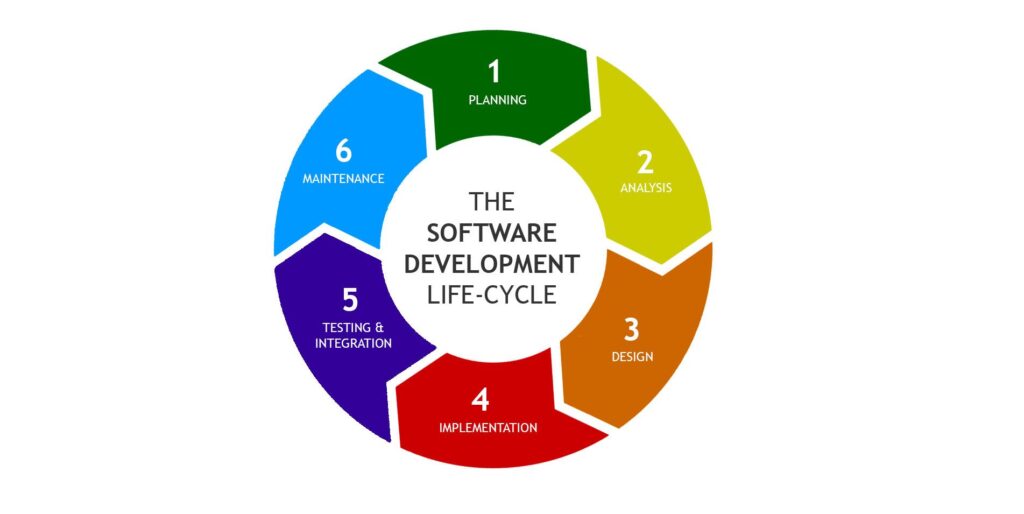There are dozens of different types of testing and hundreds of different methodologies out there. I’m going to focusing on the big three that we interact with in UX on a regular basis:
- User Interviews
- Usability Testing
- A/B Testing
User Interviews
User interviews vary greatly depending on whether they are moderated or unmoderated, who wrote the script, and who is conducting the interview. This is a very soft science and a lot of care needs to go into how they are constructed. In general, you will have better results with moderated interviews because you can observe the participants’ body language, correct trains of thought before they derail completely, and ask probing questions when the participants hit on something interesting. So why would you do an unmoderated study, if you’re going to lose all of that insight and control? Unmoderated studies are easier to recruit for and they’re fast; for a lot of companies, it’s that simple. If you’re going to go the unmoderated route, UserTesting.com has a decent platform; but if you don’t have a lot of experience with this type of work, you may find it difficult to get usable feedback. Regardless of the path you take, here are a few things to consider:
Continue reading “User Testing 101”
